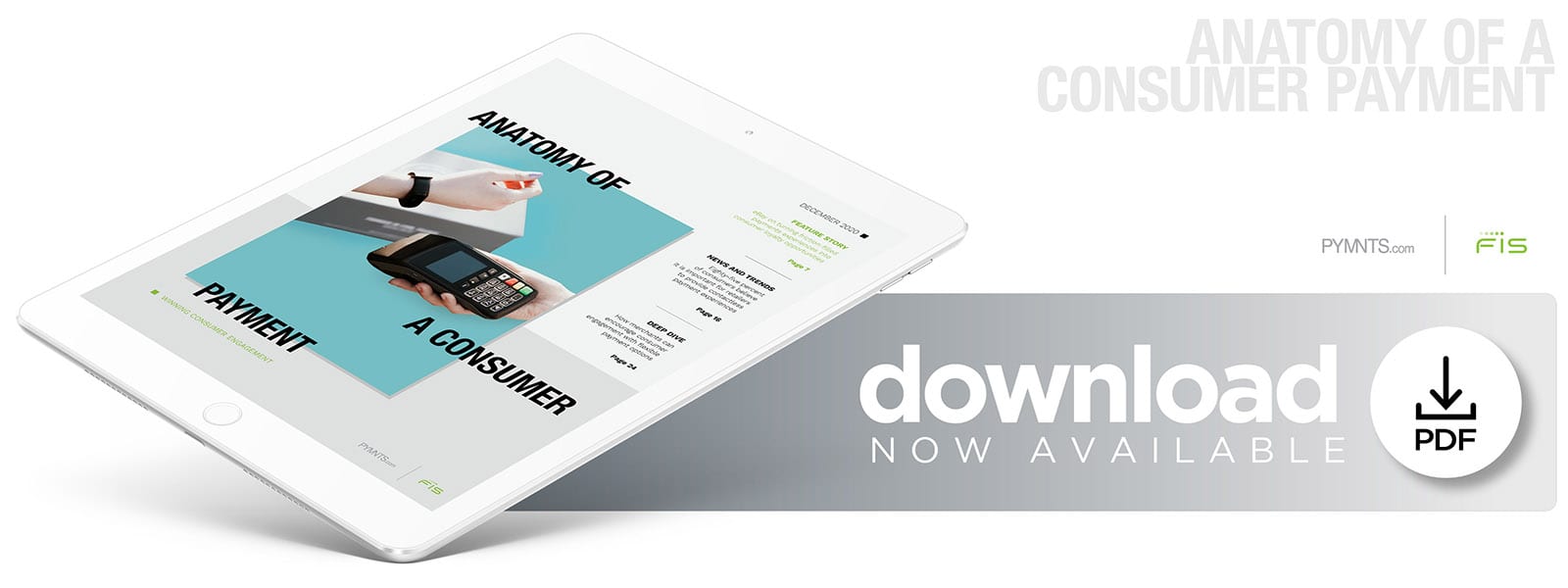eBay: Offline Payment Preferences Are Changing Online Habits
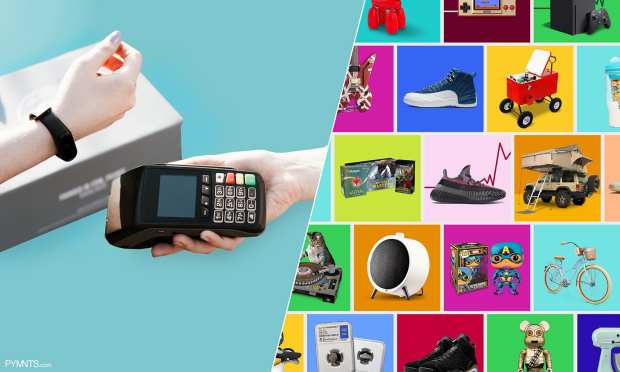
The pandemic is proving to be a tough loyalty test for retailers, as they are competing for customers’ attention in an environment where competition is still present in both online and in stores. One recent study found that 51.7 percent of United States consumers have made at least one purchase with new brands since the start of the global health crisis, for example, driven to try out new merchants due to either lower prices or the expectation of a more convenient experience.
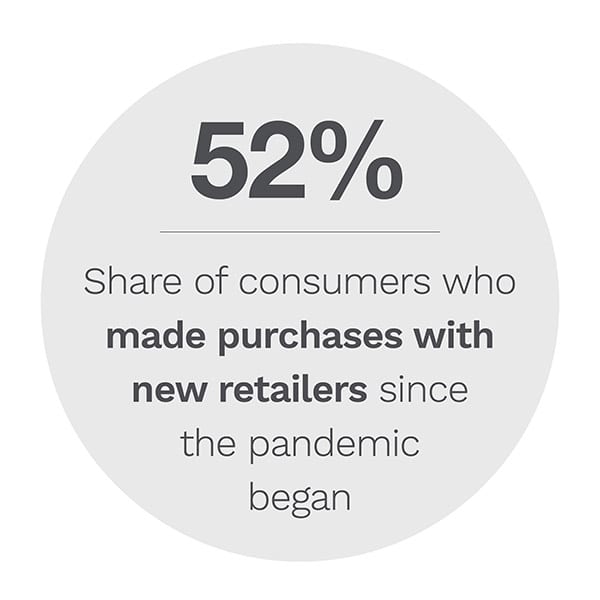 These are in one sense familiar challenges for many merchants — new competitors with lower prices or other enticing features are nothing new — but the pandemic appears to be shifting the standards for what consumers find engaging. They are beginning to value placing more emphasis on being able to pay however they like, for example. Another report found that 36 percent of consumers stated that their loyalty to their “everyday” stores changed due to the availability of online payment options. Retailers must, therefore, assess what type of shopping experiences consumers are searching for, as well as how to provide swift payments.
These are in one sense familiar challenges for many merchants — new competitors with lower prices or other enticing features are nothing new — but the pandemic appears to be shifting the standards for what consumers find engaging. They are beginning to value placing more emphasis on being able to pay however they like, for example. Another report found that 36 percent of consumers stated that their loyalty to their “everyday” stores changed due to the availability of online payment options. Retailers must, therefore, assess what type of shopping experiences consumers are searching for, as well as how to provide swift payments.
In December’s The Anatomy of Consumer Payments Playbook: Winning Consumer Engagement Edition, PYMNTS examines how merchants can keep consumers engaged and grow their loyalty in the changing retail environment, as well as the new roles that emerging payment methods can play in their customer engagement strategies.
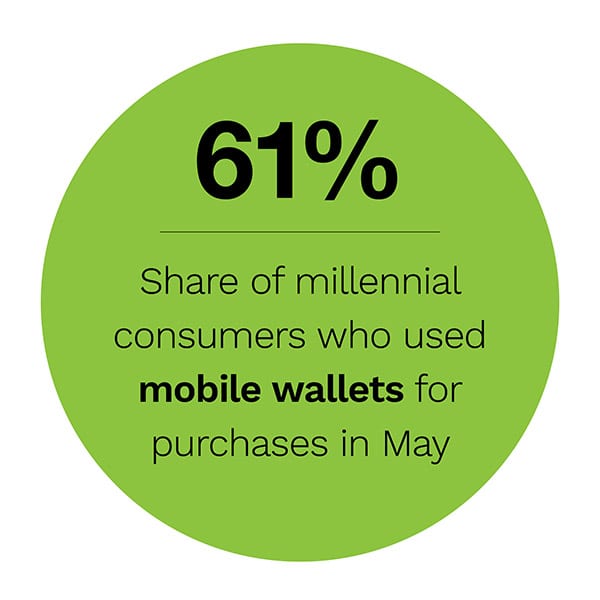 eBay On Turning Friction-Filled Payments Experiences Into Consumer Loyalty Opportunities
eBay On Turning Friction-Filled Payments Experiences Into Consumer Loyalty Opportunities
Supporting all of the diverse payment methods consumers want is often a costly endeavor for retailers, but consumers do not tend to think of payments as part of their shopping experiences — unless that aspect does not work. Having payment frictions at checkout can frustrate consumers, but this can also grant merchants the opportunity to capture consumer loyalty. Offering consumers contactless, frictionless payment options at the point-of-sale can help to grow customer engagement and further build trust with the brand, according to Keala Gaines, vice president of global payment services for eCommerce marketplace eBay in a recent PYMNTS interview. To learn more about how merchants could potentially turn friction-filled payments into loyalty opportunities, read the Playbook’s Feature Story.
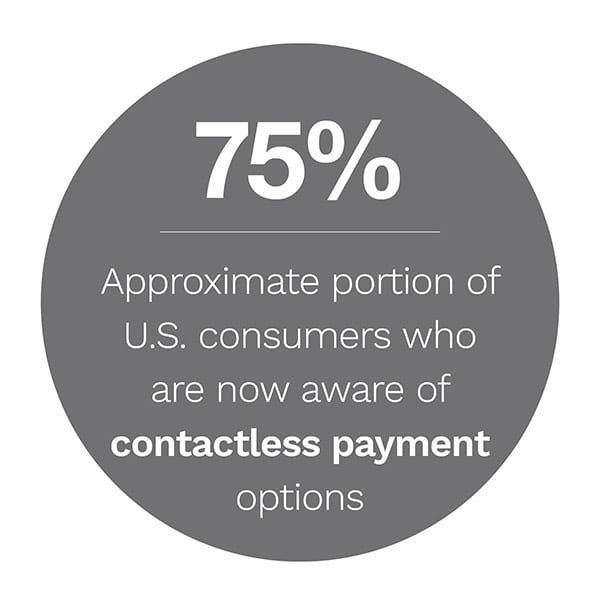 Deep Dive: How Merchants Can Encourage Consumer Engagement With Flexible Payment Options
Deep Dive: How Merchants Can Encourage Consumer Engagement With Flexible Payment Options
Retaining the loyalty of consumers is an age-old challenge for retailers. Merchants in recent years have been steadily pivoting to focus their marketing and engagement efforts in digital and mobile channels, following the consumer tide — and this exodus to digital has only accelerated due to the ongoing pandemic. More consumers than ever are utilizing emerging payment methods, most notably contactless payments, and are expecting to see these methods seamlessly incorporated into their checkout experiences. One study found that 85 percent of consumers cited it was important for merchants to support such payment methods, in fact.
To learn how consumers’ payment preferences and shopping behaviors have shifted since the beginning of the pandemic and what merchants can do to ensure they stay on top of these shifts, read the Playbook’s Deep Dive.
About The Playbook
The Anatomy of Consumer Payments Playbook, an FIS and PYMNTS collaboration, takes a data-driven look at how consumer payments are processed and what innovations, technologies and upcoming innovations can optimize the payment flow. The Playbook series also examines recent trends in the payments space to provide financial institutions (FIs) and merchants with a complete guide to the ins and outs of consumer payments and to offer them a roadmap for navigating these challenges.
